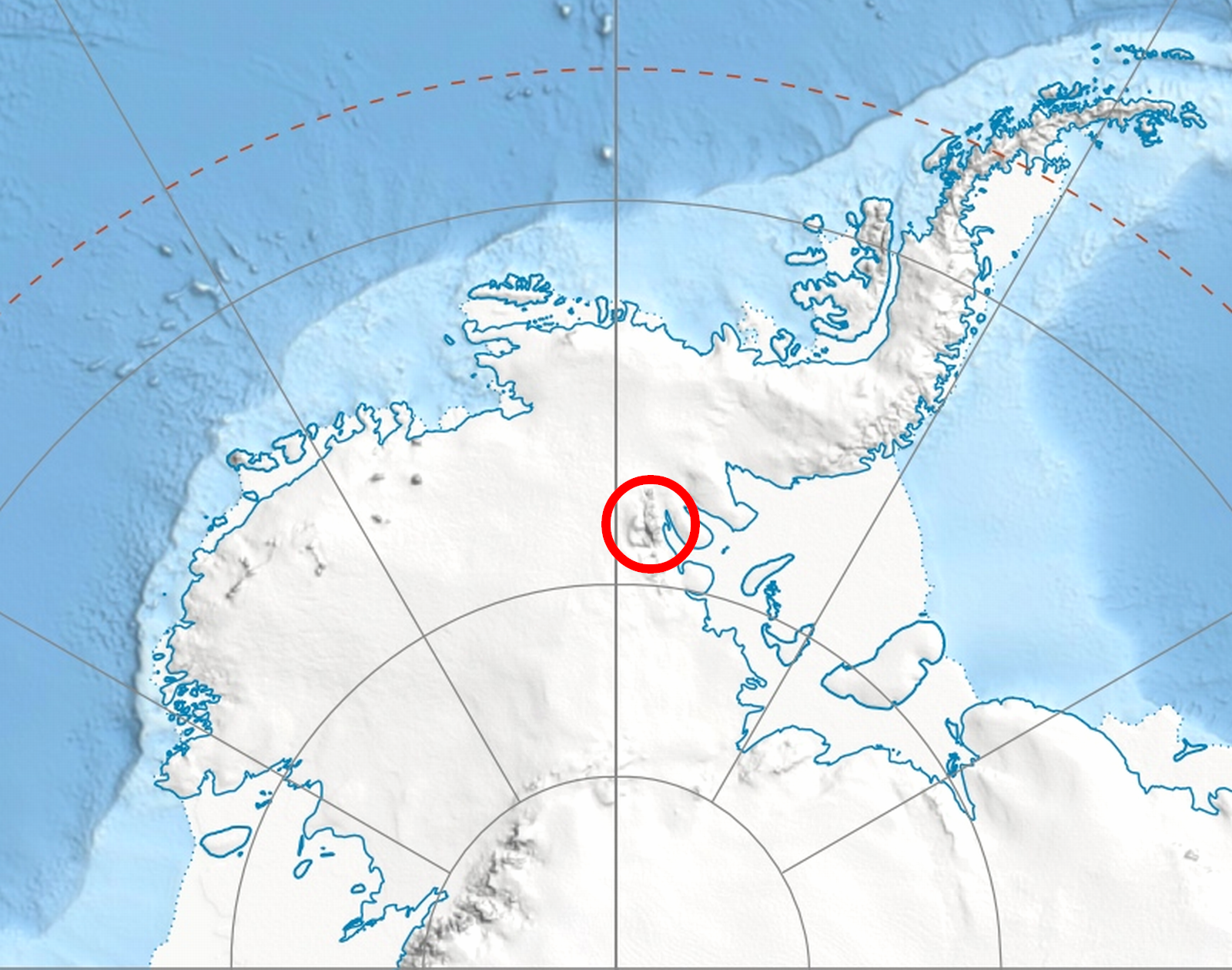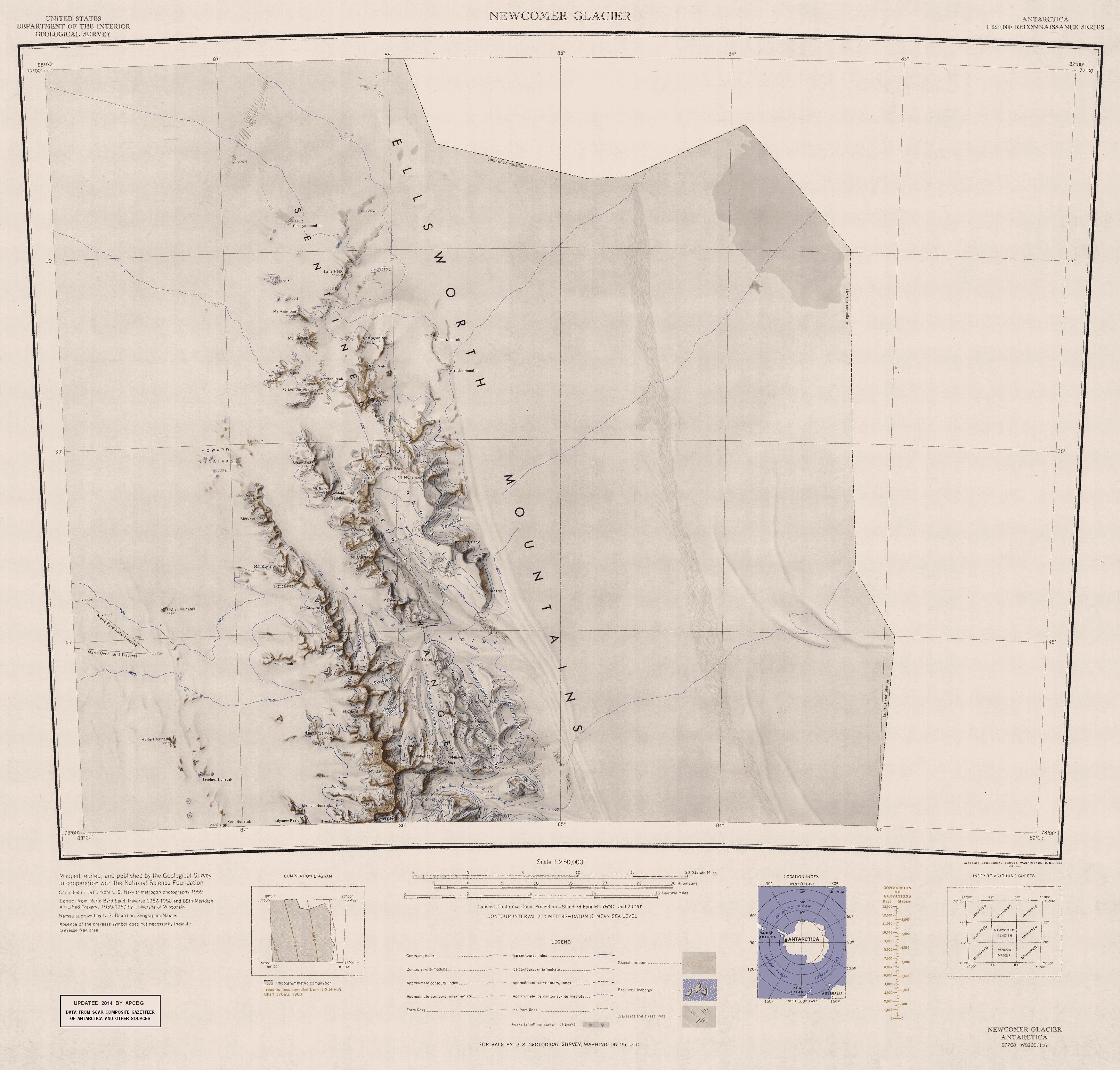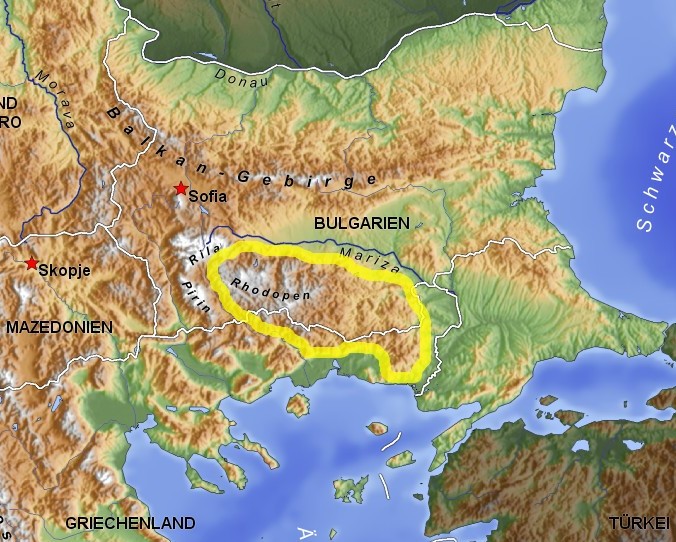|
Mursalitsa Peak
Mursalitsa Peak ( bg, връх Мурсалица, vrah Mursalitsa, ) is the mostly ice-covered peak on the west side of northern Sentinel Range in Ellsworth Mountains, Antarctica rising to 2334 mReference Elevation Model of Antarctica. Polar Geospatial Center. University of Minnesota, 2019 on the side ridge extending from on the main crest of the range. It is named after Mursalitsa Ridge in the , Bulgaria. Location Mursalitsa Peak is located at , which is 5.8 km southwest o ...[...More Info...] [...Related Items...] OR: [Wikipedia] [Google] [Baidu] |
Sentinel Range
The Sentinel Range is a major mountain range situated northward of Minnesota Glacier and forming the northern half of the Ellsworth Mountains in Antarctica. The range trends NNW-SSE for about and is 24 to 48 km (15 to 30 mi) wide. Many peaks rise over and Vinson Massif (4892 m) in the southern part of the range is the highest elevation on the continent.Sentinel Range. SCAR Composite Antarctic Gazetteer. Sentinel Range comprises a main ridge (featuring Vinson Massif in its southern portion) and a number of distinct heights, ridges and mountains on its east side, including (south to north) Owen Ridge, |
Ellsworth Mountains
The Ellsworth Mountains are the highest mountain ranges in Antarctica, forming a long and wide chain of mountains in a north to south configuration on the western margin of the Ronne Ice Shelf in Marie Byrd Land. They are bisected by Minnesota Glacier to form the Sentinel Range to the north and the Heritage Range to the south. The former is by far the higher and more spectacular with Mount Vinson () constituting the highest point on the continent.Bockheim, J.G., Schaefer, C.E., 2015. ''Soils of Ellsworth Land, the Ellsworth Mountains''. In: Bockheim, J.G. (Ed.), ''The Soils of Antarctica. World Soils Book Series'', Springer, Switzerland, pp. 169–181. The mountains are located within the Chilean Antarctic territorial claim but outside of the Argentinian and British ones. Discovery The mountains were discovered on November 23, 1935, by Lincoln Ellsworth in the course of a trans-Antarctic flight from Dundee Island to the Ross Ice Shelf. He gave them the descriptive name Se ... [...More Info...] [...Related Items...] OR: [Wikipedia] [Google] [Baidu] |
Antarctica
Antarctica () is Earth's southernmost and least-populated continent. Situated almost entirely south of the Antarctic Circle and surrounded by the Southern Ocean, it contains the geographic South Pole. Antarctica is the fifth-largest continent, being about 40% larger than Europe, and has an area of . Most of Antarctica is covered by the Antarctic ice sheet, with an average thickness of . Antarctica is, on average, the coldest, driest, and windiest of the continents, and it has the highest average elevation. It is mainly a polar desert, with annual precipitation of over along the coast and far less inland. About 70% of the world's freshwater reserves are frozen in Antarctica, which, if melted, would raise global sea levels by almost . Antarctica holds the record for the lowest measured temperature on Earth, . The coastal regions can reach temperatures over in summer. Native species of animals include mites, nematodes, penguins, seals and tardigrades. Where ve ... [...More Info...] [...Related Items...] OR: [Wikipedia] [Google] [Baidu] |
Mount Sharp (Antarctica)
Mount Sharp () is a mountain over 3,000 m, standing 2 miles (3.2 km) southeast of Mount Barden in the north part of the Sentinel Range in Western Antarctica. It surmounts Zhenda Glacier to the north and Sabazios Glacier to the east. The mountain was mapped by the Marie Byrd Land Traverse party of 1957–58, under Charles R. Bentley, which named the mountain for Professor Robert P. Sharp, a member of the Technical Panel on Glaciology, part of the U.S. National Committee for the International Geophysical Year The International Geophysical Year (IGY; french: Année géophysique internationale) was an international scientific project that lasted from 1 July 1957 to 31 December 1958. It marked the end of a long period during the Cold War when scientific ... (IGY). References * Mountains of Ellsworth Land {{Antarctica-mountain-stub ... [...More Info...] [...Related Items...] OR: [Wikipedia] [Google] [Baidu] |
Rhodope Mountains
The Rhodopes (; bg, Родопи, ; el, Ροδόπη, ''Rodopi''; tr, Rodoplar) are a mountain range in Southeastern Europe, and the largest by area in Bulgaria, with over 83% of its area in the southern part of the country and the remainder in Greece. Golyam Perelik is its highest peak at . The mountain range gives its name to the terrestrial ecoregion Rodope montane mixed forests that belongs in the temperate broadleaf and mixed forests biome and the Palearctic realm. The region is particularly notable for its karst areas with their deep river gorges, large caves and specific sculptured forms, such as the Trigrad Gorge. A significant part of Bulgaria's hydropower resources are located in the western areas of the range. There are a number of hydro-cascades and dams used for electricity production, irrigation, and as tourist destinations. In Greece, there are also the hydroelectric power plants of Thisavros and Platanovrysi. The Rhodopes have a rich cultural heritage includ ... [...More Info...] [...Related Items...] OR: [Wikipedia] [Google] [Baidu] |
Mount Barden
Mount Barden () is a mountain, 2,910 m, standing 2.5 nautical miles (4.6 km) northwest of Mount Sharp in the north portion of the Sentinel Range. It surmounts Zhenda Glacier to the east. The mountain was named by the Advisory Committee on Antarctic Names (US-ACAN) for Virgil W. Barden, an ionospheric physicist and member of the 1957 wintering party at Byrd Station. See also * Mountains in Antarctica This is a list of all the Ultra prominent peaks (with topographic prominence greater than 1,500 metres) in Antarctica. Some islands in the South Atlantic have also been included and can be found at the end of the list. Antarctica South Atl ... Mountains of Ellsworth Land {{EllsworthLand-geo-stub ... [...More Info...] [...Related Items...] OR: [Wikipedia] [Google] [Baidu] |
Brocks Peak
Brocks Peak ( bg, връх Брокс, vrah Broks, ) is the sharp rocky peak in Ellsworth Mountains, Antarctica rising to 2445 mReference Elevation Model of Antarctica. Polar Geospatial Center. University of Minnesota, 2019 near the end of the side ridge that trends 6.5 km westwards from on the main crest of north-central Sentinel Range. It is named after the mountaineer Helmut Brocks (1895–1969), a pioneer of the organized tourist move ... [...More Info...] [...Related Items...] OR: [Wikipedia] [Google] [Baidu] |
Helfert Nunatak
Helfert Nunatak () is a prominent rock nunatak standing west of Mount Sharp of the Sentinel Range, in the Ellsworth Mountains of Antarctica. It was discovered and visited by the Marie Byrd Land Traverse party, 1957–58, under Charles R. Bentley, and named for Norbert F. Helfert, a meteorologist at Byrd Station The Byrd Station is a former research station established by the United States during the International Geophysical Year by U.S. Navy Seabees during Operation Deep Freeze II in West Antarctica. History A joint Army, Navy, Air Force, and Marin ... in 1957. References Nunataks of Ellsworth Land {{EllsworthLand-geo-stub ... [...More Info...] [...Related Items...] OR: [Wikipedia] [Google] [Baidu] |
Mountains In Antarctica
This is a list of all the Ultra prominent peaks (with topographic prominence greater than 1,500 metres) in Antarctica. Some islands in the South Atlantic have also been included and can be found at the end of the list. Antarctica South Atlantic The Atlantic Ocean is the second-largest of the world's five oceans, with an area of about . It covers approximately 20% of Earth's surface and about 29% of its water surface area. It is known to separate the "Old World" of Africa, Europe an ... Sources * * * {{DEFAULTSORT:List Of Ultras Of Antarctica Antarctica Ultras * Ultras ... [...More Info...] [...Related Items...] OR: [Wikipedia] [Google] [Baidu] |
Scientific Committee On Antarctic Research
The Scientific Committee on Antarctic Research (SCAR) is an interdisciplinary body of the International Science Council (ISC). SCAR coordinates international scientific research efforts in Antarctica, including the Southern Ocean. SCAR's scientific work is administered through several discipline-themed ''science groups''. The organisation has observer status at, and provides independent advice to Antarctic Treaty Consultative Meetings, and also provides information to other international bodies such as the Intergovernmental Panel on Climate Change (IPCC) and the United Nations Framework Convention on Climate Change (UNFCCC). History At the International Council of Scientific Unions (ICSU)’s Antarctic meeting held in Stockholm from 9–11 September 1957, it was agreed that a committee should be created to oversee scientific research in Antarctica. At the time there were 12 nations actively conducting Antarctic research and they were each invited to nominate one delegate to ... [...More Info...] [...Related Items...] OR: [Wikipedia] [Google] [Baidu] |




